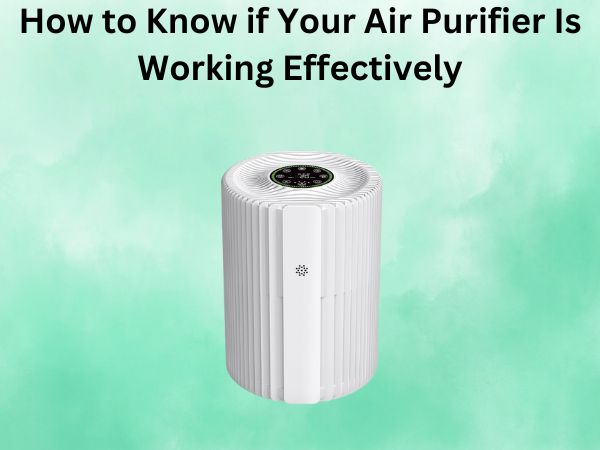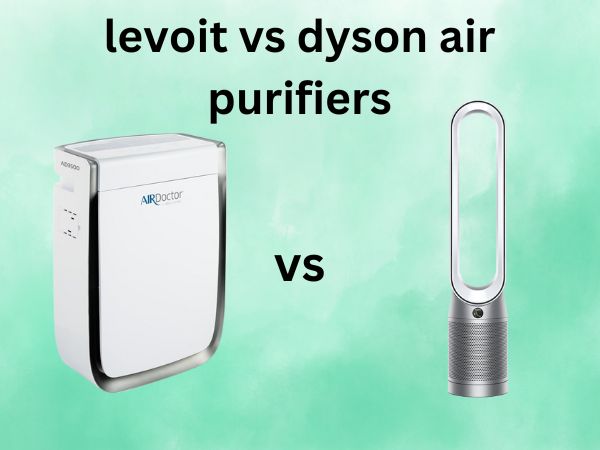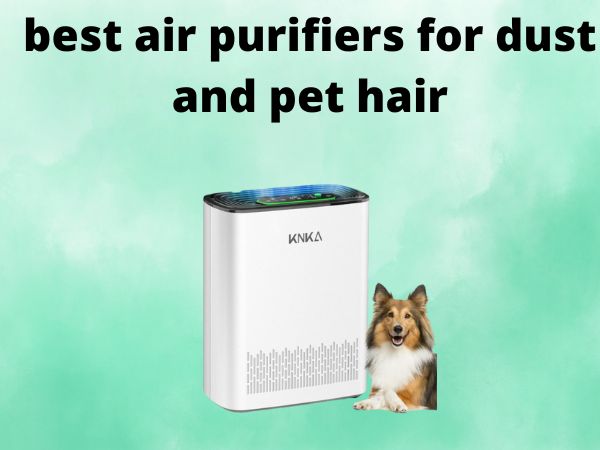How to Know if Your Air Purifier Is Working Effectively
As someone who deeply cares about maintaining a healthy, clean indoor environment, I know how important it is to have an air purifier that’s functioning at its best. After all, an air purifier is a significant investment, and you want to be sure you’re getting the most out of it. But how can you tell if your air purifier is truly working effectively? Let me share with you some helpful tips and tricks I’ve learned over the years.
Table of Contents
Assess the Air Purifier’s Performance
The first and most obvious way to gauge your air purifier’s effectiveness is to assess its performance. This involves paying attention to a few key factors:
- Noise Level: A well-functioning air purifier should operate at a noise level that’s comfortable for your living space. If it’s suddenly become significantly louder, that could be a sign that something’s not quite right.
- Air Flow: Place your hand near the air purifier’s outlet and see if you can feel a steady, consistent airflow. If the airflow seems weaker than usual, that’s a potential red flag.
- Cleaning Indicators: Many air purifiers come equipped with indicator lights or sensors that let you know when the filters need to be changed. Pay attention to these and replace the filters as recommended.
Monitor Indoor Air Quality
Another way to gauge your air purifier’s effectiveness is to monitor the actual quality of the air in your home. You can do this in a few different ways:
- Use an Air Quality Monitor: Invest in a reliable air quality monitor that can track particulate matter, volatile organic compounds (VOCs), and other pollutants. This will give you a clear, data-driven picture of how well your air purifier is performing.
- Observe Dust Levels: Take a look around your home and see if you notice any changes in dust accumulation. If you’re finding less dust on surfaces, that’s a good sign that your air purifier is doing its job.
- Pay Attention to Symptoms: If you or your family members are experiencing fewer allergy or asthma symptoms, that’s a strong indication that your air purifier is effectively cleaning the air.
Check the Filter Condition
The condition of your air purifier’s filters is crucial to its overall performance. Over time, these filters can become clogged with dust, dander, and other airborne particles, which can reduce the purifier’s efficiency. Here’s what to look for:
- Visible Dirt and Debris: Periodically check the filters and see if they’re visibly dirty or clogged. If so, it’s time to replace them.
- Airflow Restriction: Hold your hand near the air purifier’s outlet and see if the airflow feels restricted. This could be a sign that the filters need to be cleaned or replaced.
- Manufacturer Recommendations: Follow the manufacturer’s guidelines on when to replace the filters. This will ensure optimal performance and prevent any issues.
Consider the Room Size
One factor that’s often overlooked when it comes to air purifier performance is the size of the room it’s meant to serve. Air purifiers are designed to work effectively in specific square footage ranges, and if your unit is too small for the space, it may not be able to do its job properly.
Check the manufacturer’s recommendations for the maximum room size the air purifier is suited for, and make sure your unit is appropriately sized for the space you’re using it in. If it’s not, you may need to consider upgrading to a larger model.
Conclusion
Keeping your air purifier working at peak performance is crucial for maintaining a healthy indoor environment. By paying attention to factors like noise level, airflow, filter condition, and room size, you can easily determine whether your air purifier is doing its job effectively. Remember, regular maintenance and filter replacement are key to ensuring your investment continues to pay off in the long run.
Frequently Asked Questions
How often should I replace my air purifier filters?
The frequency of filter replacement can vary depending on the manufacturer and the specific model of your air purifier. Most manufacturers recommend replacing the filters every 6 to 12 months, or when the filter indicator light turns on. It’s important to follow the manufacturer’s guidelines to ensure optimal performance.
Can I clean my air purifier filters instead of replacing them?
In some cases, you may be able to clean your air purifier filters instead of replacing them, but this depends on the filter type and the manufacturer’s recommendations. High-efficiency particulate air (HEPA) filters, for example, are generally not meant to be cleaned and should be replaced when they become too clogged. It’s best to refer to your air purifier’s manual for specific instructions on filter maintenance.
How do I know if my air purifier is the right size for my room?
The size of your air purifier should be matched to the square footage of the room it’s intended to serve. Most manufacturers provide recommendations on the maximum room size their air purifiers are designed for. You can find this information in the product specifications or manual. If your air purifier is too small for the room, it may not be able to effectively circulate and clean the air.
Can I use my air purifier in multiple rooms?
While it’s possible to move your air purifier from one room to another, it’s generally not recommended to use it in this way. Air purifiers are designed to work most effectively in a single, enclosed space. Moving the unit around can disrupt the airflow and reduce its overall efficiency. If you need air purification in multiple rooms, it’s best to invest in separate units for each space.
How can I tell if my air purifier is removing harmful pollutants?
To determine if your air purifier is effectively removing pollutants, you can invest in an indoor air quality monitor. These devices can measure the levels of particulate matter, volatile organic compounds, and other contaminants in your home’s air. By comparing the air quality before and after using your air purifier, you can get a clear sense of how well it’s performing.







